Discover 35 hidden attractions, cool sights, and unusual things to do in Bonn (Germany). Don't miss out on these must-see attractions: Beethoven House, Museum Koenig, and Poppelsdorf Palace. Also, be sure to include Kunstmuseum Bonn in your itinerary.
Below, you can find the list of the most amazing places you should visit in Bonn (North Rhine-Westphalia).
Table of Contents
Beethoven House
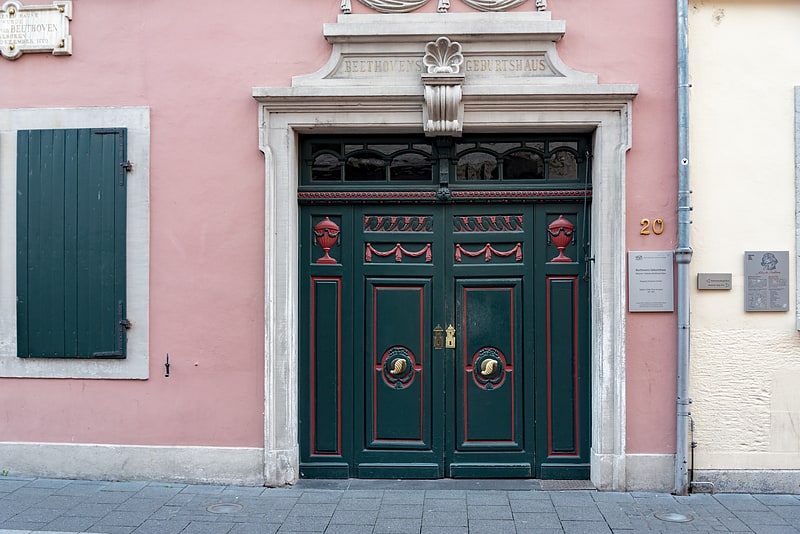
Also known as: Beethoven-Haus
Birthplace of masterful composer. The Beethoven House in Bonn, Germany, is a memorial site, museum and cultural institution serving various purposes. Founded in 1889 by the Beethoven-Haus association, it studies the life and work of composer Ludwig van Beethoven.
The centrepiece of the Beethoven-Haus is Beethoven's birthplace at Bonngasse 20. This building houses the museum. The neighbouring buildings (Bonngasse 18 and 24 to 26) accommodate a research centre (Beethoven archive) comprising a collection, a library and publishing house, and a chamber music hall. Here, music lovers and experts from all over the world can meet and share their ideas. The Beethoven-Haus is financed by the Beethoven-Haus association and by means of public funds.[1]
Address: Bonngasse 20, 53111 Bonn (Bonn)
Museum Koenig
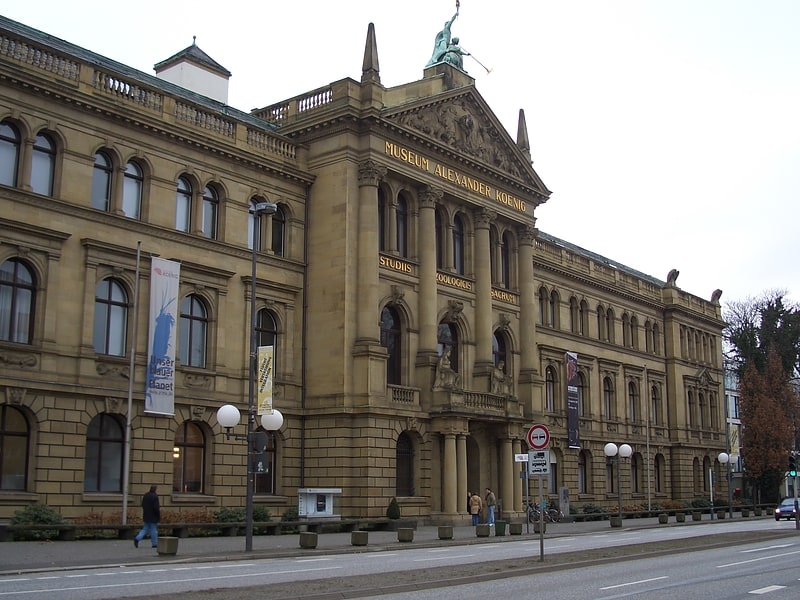
Museum in Bonn, Germany. The Alexander Koenig Zoological Research Museum is a natural history museum and zoological research institution in Bonn, Germany. The museum is named after Alexander Koenig, who donated his collection of specimens to the institution. The museum was opened in 1934 and is affiliated with the Leibniz Association.
On September 1, 1948, the museum saw the opening of the Parlamentarischer Rat, the organ to create the German constitution. The actual proceedings happened in the nearby Pädagogische Akademie, the later Bundeshaus.[2]
Address: Adenauerallee 160, 53113 Bonn (Bonn)
Poppelsdorf Palace

Also known as: Poppelsdorfer Schloss
Building in Bonn, Germany. Poppelsdorf Palace is a Baroque building in the Poppelsdorf district of Bonn, western Germany, which is now part of the University of Bonn.[3]
Address: Meckenheimer Allee 169 53115 Bonn, Germany, Bonn (Bonn)
Kunstmuseum Bonn
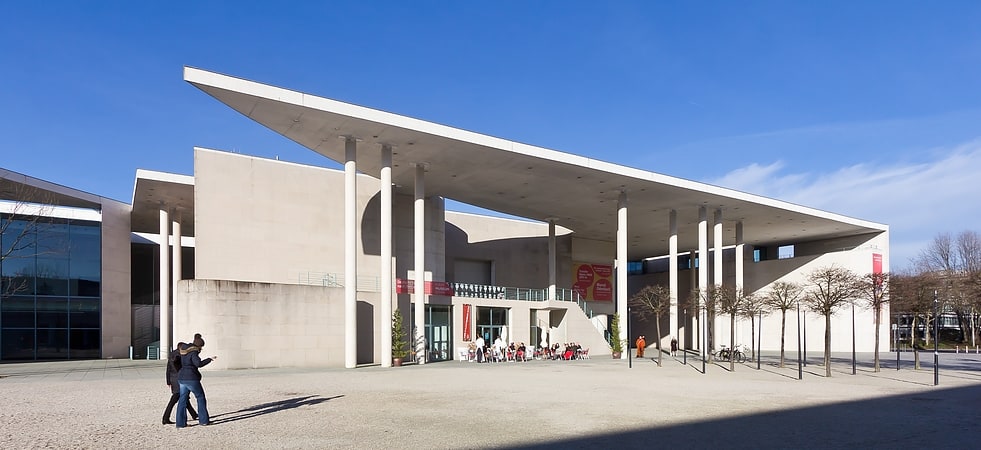
Futuristic 20th-century art museum. The Kunstmuseum Bonn or Bonn Museum of Modern Art is an art museum in Bonn, Germany, founded in 1947. The Kunstmuseum exhibits both temporary exhibitions and its collection. Its collection is focused on Rhenish Expressionism and post-war German art. It is part of Bonn's "Museum Mile".[4]
Address: Friedrich-Ebert-Allee 2, 53113 Bonn (Bonn)
Beethoven Monument

Also known as: Beethoven-Denkmal
Sculpture in Bonn, Germany. The Beethoven Monument is a large bronze statue of Ludwig van Beethoven that stands on the Münsterplatz in Bonn, Beethoven's birthplace. It was unveiled on 12 August 1845, in honour of the 75th anniversary of the composer's birth.[5]
Palais Schaumburg
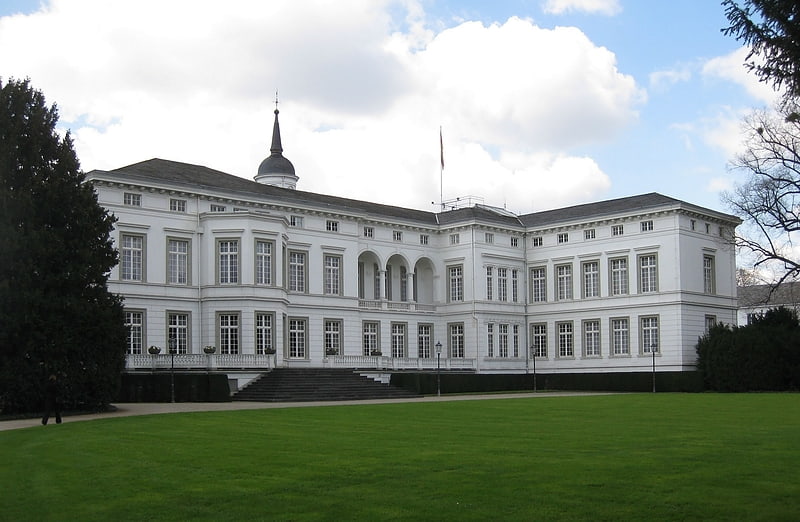
Building in Bonn, Germany. Palais Schaumburg is a neoclassical-style building in Bonn, Germany, which served as the primary official seat of the German Federal Chancellery and the primary official residence of the Chancellor of the Federal Republic of Germany from 1949 until 1976. As the headquarters of the Federal Chancellery, it was simply known as the House of the Federal Chancellor. Since 2001, Palais Schaumburg has served as the secondary official seat of the German Federal Chancellery and the secondary official residence of the Chancellor of the Federal Republic of Germany.[6]
Address: Adenauerallee 139/141, Bonn (Bonn)
Botanical Garden
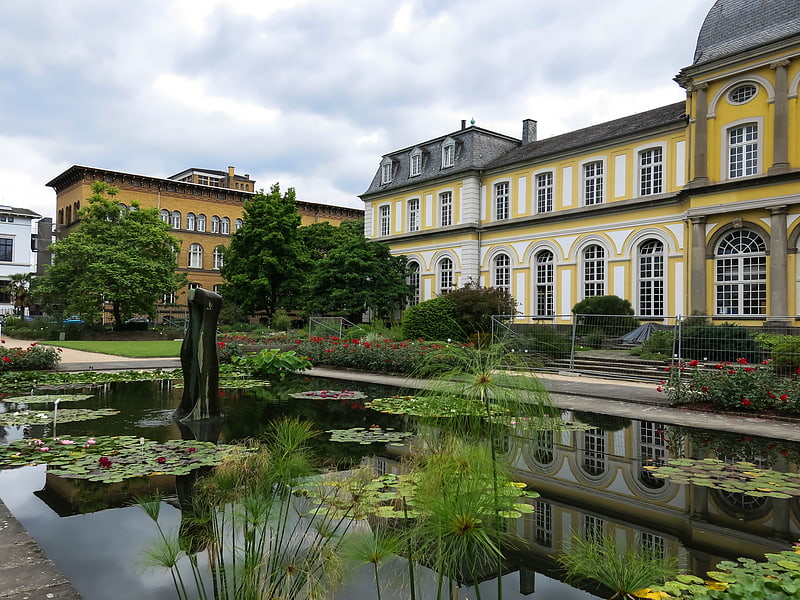
Also known as: Botanischer Garten Bonn
Botanic gardens with greenhouses and pond. The Botanische Gärten der Friedrich-Wilhelms-Universität Bonn, also known as the Botanischer Garten Bonn, is a botanical garden and arboretum maintained by the University of Bonn. It is located at Meckenheimer Allee 171, Bonn, North Rhine-Westphalia, Germany, and open except Saturdays in the warmer months; admission is free on weekdays.
The gardens were originally castle grounds for the Archbishop of Cologne, dating to about 1340, which circa 1650 were fashioned into a renaissance garden. In 1720 the site was reworked as a baroque garden, setting the basic structure of today's garden, with the rococo Poppelsdorf Palace completed in 1746 by Archbishop Clemens August. When the University of Bonn was founded in 1818, its first garden director, Dr. Christian Gottfried Daniel Nees von Esenbeck (1776-1858), began to focus the garden on scientific botany. By 1900 the garden was second only to Berlin's within Germany, but it was utterly destroyed in World War II. Reconstruction began after the war and was completed in 1979-1984 with the construction of two conservatories.
Today the garden cultivates about 8,000 plant species, ranging from endangered local species from the Rhineland such as Lady's Slipper Orchids to protected species such as Sophora toromiro from Easter Island. Its outdoor gardens, containing about 3,000 species, are organized as follows:
- Arboretum - 700 species of woody plants, including fine specimens of Araucaria araucana, Ginkgo biloba, Nyssa, Pinus bungeana, and Torreya, as well as old specimens of Taxodium distichum.
- Systematic section - about 1,200 species arranged in beds reflecting their evolutionary relationships; notable specimens include Passiflora caerulea, Trachycarpus fortunei, and Umbellularia californica.
- Geographical section - plants grouped by geographical origin.
- Biotope section - the most important locally occurring plant communities, including endangered species from the Bonn region.
The garden also contains about 0.5 hectares of greenhouse area, including a major conservatory (2,500 m²) completed in 1984. Roughly 3,000 species are cultivated in public areas as follows:
- Fern house - tree ferns and other indigenous plants from cool cloud forests on tropical mountains.
- Mediterranean house - winter shelter for subtropical plants from the Mediterranean, South Africa, California, and Australia.
- Palm house - epiphytes and large rain forest plants such as bananas and bamboos.
- Succulent house - Succulents including new world cacti and agaves, and old world Aloes and Euphorbias, including Welwitschia mirabilis.
- Victoria house - giant water lily (Victoria regia), Nymphaea, Aristolochia and Passiflora, tropical bog plants, and a fine specimen of Amorphophallus titanum.
- Smaller houses including a carnivorous plant house, geophyte house, and two orchid houses.
Address: Poppeldorfer Allee, 53115 Bonn (Bonn)
Doppelkirche Schwarzrheindorf
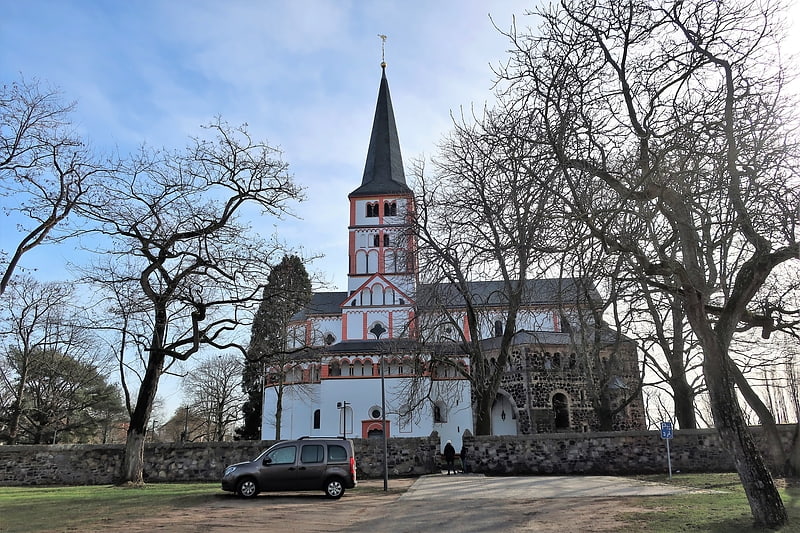
Also known as: St. Maria und Clemens
Catholic church in Bonn. The Doppelkirche Schwarzrheindorf is a Romanesque church in Bonn, North Rhine-Westphalia, Germany. The church was once part of a Benedictine nunnery located at Schwarzrheindorf, now part of Bonn. The "double church" has an upper church dedicated to the Virgin Mary and a lower church dedicated to Pope Clement I. The church is famous for its fine 12th-century frescos.[8]
Address: Dixstr. 41, 53225 Bonn (Beuel)
Kunst- und Ausstellungshalle der Bundesrepublik Deutschland
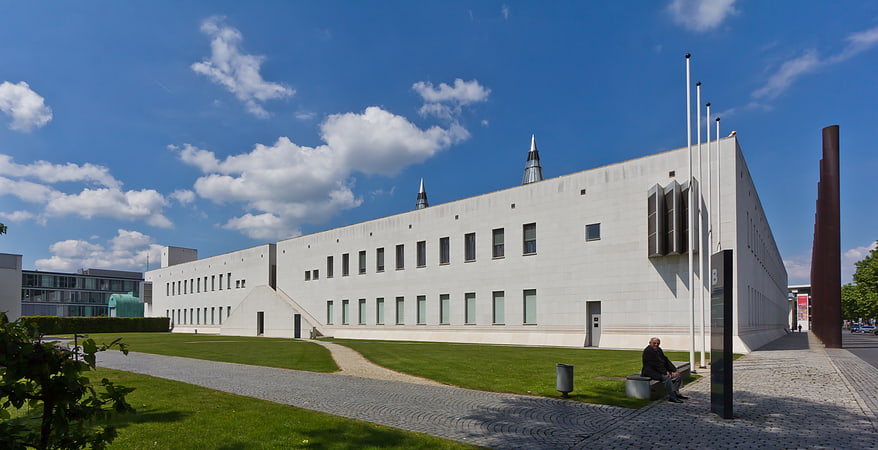
Art museum and cultural events venue. Kunst- und Ausstellungshalle der Bundesrepublik Deutschland is one of the most visited museums in Germany. Known as the Bundeskunsthalle for short, it is part of the so-called "Museum Mile" in Bonn. It holds exhibitions relating to art and cultural history from around the world. The museum is backed by the Federal Government and the States of Germany. The museum's director is Eva Kraus, a position she has held since 1 August 2020. Construction of the museum started in 1989 and was completed in 1992. The museum is located next to the Bonn Museum of Modern Art.[9]
Address: Friedrich-Ebert-Allee 4, 53113 Bonn (Bonn)
Akademisches Kunstmuseum
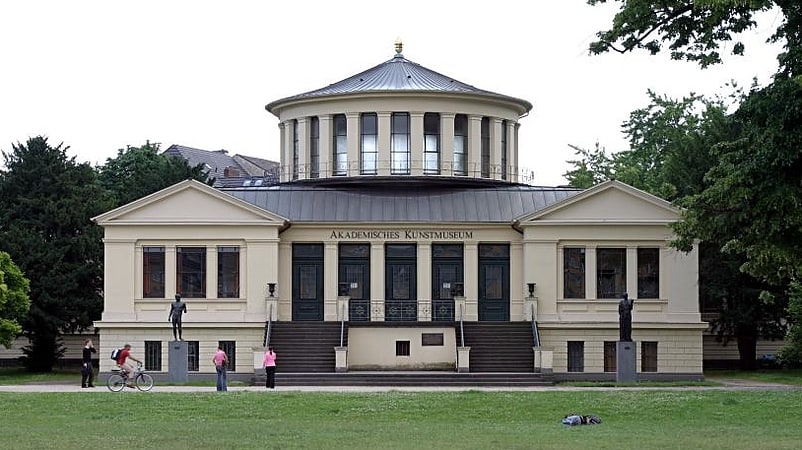
Museum in Bonn, Germany. Akademisches Kunstmuseum is an art museum in Bonn, Germany. It is the oldest museum in Bonn and houses the antique collection of the University of Bonn with more than 500 antique statues and reliefs, and over 2,000 originals. It is located in a neoclassical building at the southern end of the Hofgarten, near the Electoral Palace.
The museum was founded in 1818 and has one of the largest collections of plaster casts of ancient Greek and Roman sculptures in the world. At this time collections of plaster casts were mainly used in the instruction of students at art academies. They were first used in the instruction of university students in 1763 by Christian Gottlob Heyne at University of Göttingen. The Akademisches Kunstmuseum in Bonn was the first of its kind, as at this time collections at other universities were scattered around universities libraries. The first director was Friedrich Gottlieb Welcker, who also held a professorship of archaeology. His tenure was from 1819 until his retirement in 1854. He was succeeded by Otto Jahn and Friedrich Wilhelm Ritschl, who shared the directorship. From 1870 to 1889 Reinhard Kekulé von Stradonitz, nephew of the famous organic chemist Friedrich August Kekulé von Stradonitz, was the director. In 1872 the museum moved to a new building that was formerly used by the department of anatomy. The building was constructed from 1823 to 1830 and designed by Karl Friedrich Schinkel and Hermann Friedrich Waesemann. Other directors of the museum were Georg Loeschcke (from 1889 to 1912), Franz Winter (from 1912 to 1929), Richard Delbrueck (from 1929 to 1940), Ernst Langlotz (from 1944 to 1966), Nikolaus Himmelmann (from 1969 to 1994) and Harald Mielsch (since 1994). All directors, with the exception of Friedrich Wilhelm Ritschl held a professorship of archaeology at the university.[10]
Address: Am Hofgarten 21, 53113 Bonn (Bonn)
Haus der Geschichte
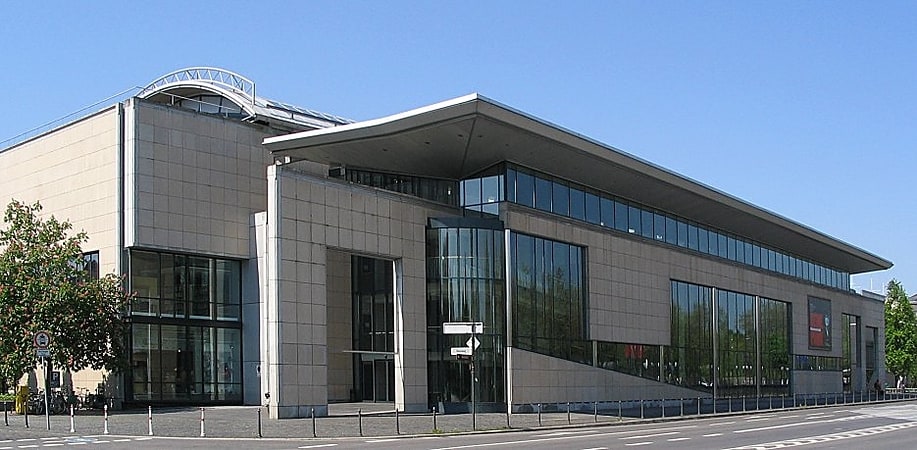
Museum in Bonn, Germany. Haus der Geschichte is a museum of contemporary history in Bonn, Germany. With around one million visitors every year, it is one of the most popular German museums. The Haus der Geschichte is, as well as the "Zeitgeschichtliches Forum Leipzig", the "Tränenpalast" am Bahnhof Friedrichstraße and the "Museum in the Kulturbrauerei" part of the Haus der Geschichte der Bundesrepublik Deutschland Foundation. The foundation's place of business is Bonn.
In its permanent exhibition, the Haus der Geschichte presents German history from 1945 until the present. Numerous temporary exhibitions emphasize different features. The Haus der Geschichte also organizes guided tours of the Palais Schaumburg (has been closed since August 2013 because of building restoration for estimated three years), the Chancellor's bungalow and the former place of the Federal Assembly. Moreover, the museum maintains a cartoon gallery with over 75,000 political cartoons and caricatures.[11]
Address: Willy-Brandt-Allee 14, 53113 Bonn (Bonn)
LVR LandesMuseum Bonn
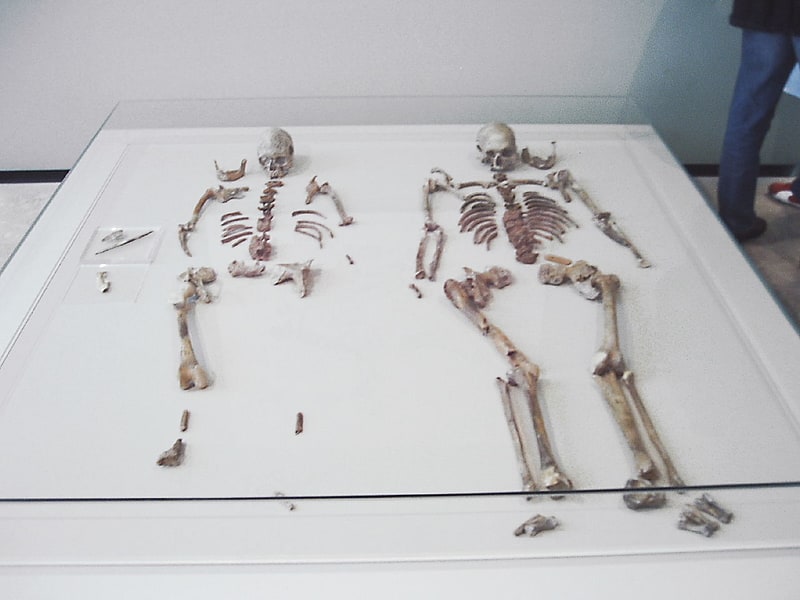
Also known as: Rheinisches Landesmuseum Bonn
Archaeology, art and history collections. The Rheinisches Landesmuseum Bonn, or LVR-LandesMuseum Bonn, is a museum in Bonn, Germany, run by the Rhineland Landscape Association. It is one of the oldest museums in the country. In 2003 it completed an extensive renovation. The museum has a number of notable ancient busts and figures dating back to Roman times.[12]
Address: Colmantstraße 14-16, 53115 Bonn (Bonn)
Kennedy Bridge

Also known as: Kennedybrücke
Bridge in Bonn, Germany. The Kennedy Bridge is the middle of Bonn's three Rhine bridges, connecting the city center of Bonn on the left side with the town center of Beuel on the right side. The second Reconstruction, which began in 2007, was finished in July 2011.[13]
Electoral Palace
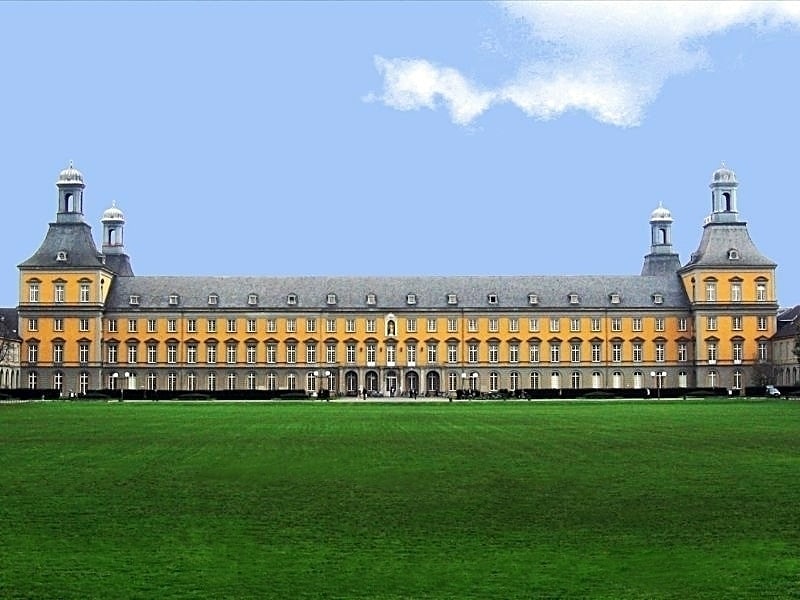
Also known as: Kurfürstliches Schloss
Historical landmark in Bonn, Germany. The Electoral Palace in Bonn is the former residential palace of the Prince-Electors of Cologne. Since 1818, it has been the University of Bonn's main building in the city center, home to the University administration and the faculty of humanities and theology.
It was built by Enrico Zuccalli for the prince-elector Joseph Clemens of Bavaria from 1697 to 1705. The Hofgarten, a large park in front of the main building, is a popular place for students to meet, study and relax. The Hofgarten was repeatedly a place for political demonstrations, as for example the demonstration against the NATO Double-Track Decision on 22 October 1981, with about 250,000 participants.[14]
Bonner Münster
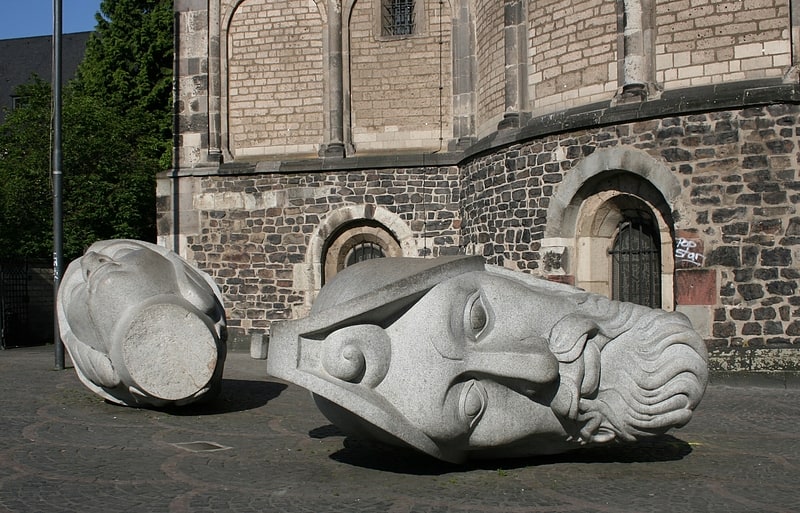
Basilica in Bonn, Germany. Bonn Minster is a Roman Catholic church in Bonn. It is one of Germany's oldest churches, having been built between the 11th and 13th centuries. At one point the church served as the de facto cathedral for the Archbishopric of Cologne, because it is the major church of what was then the Archbishop-Elector's residence. It is now a minor basilica. It served as the inspiration for the Kaiser Wilhelm Memorial Church in Berlin, as Kaiser Wilhelm II had studied in Bonn.[15]
Address: Gangolfstr. 14, 53111 Bonn (Bonn)
Schauspielhaus Bad Godesberg
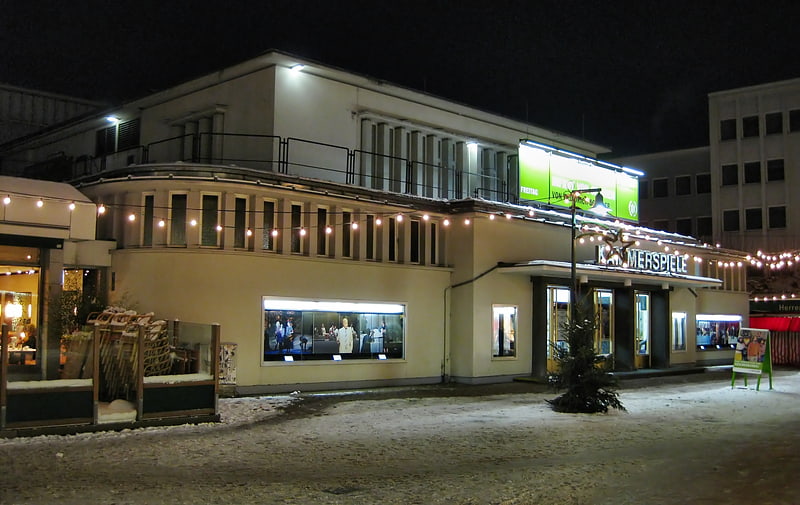
Theatre in Bonn, Germany. The Schauspielhaus Bad Godesberg is the largest theatre in the city of Bonn and the first new theatre building in the Federal Republic of Germany in the post-war period. The building was constructed in the Bad Godesberg city centre in the early 1950s. It now belongs to the Alt-Godesberg district of Bonn and is located at Theaterplatz 9 / Am Michaelshof 9; it is under Denkmalschutz.[16]
Address: 9 Am Michaelshof, Bonn (Bad Godesberg)
Beethovenhalle
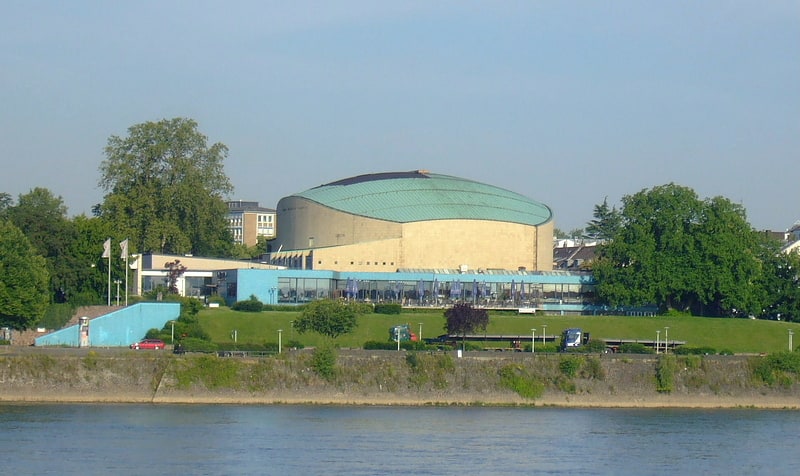
Event venue in Bonn, Germany. The Beethovenhalle is a concert hall in Bonn. It is the third hall in that city to bear the name of Bonn-born composer Ludwig van Beethoven.[17]
Address: Wachsbleiche 1, 53111 Bonn (Bonn)
Frauenmuseum
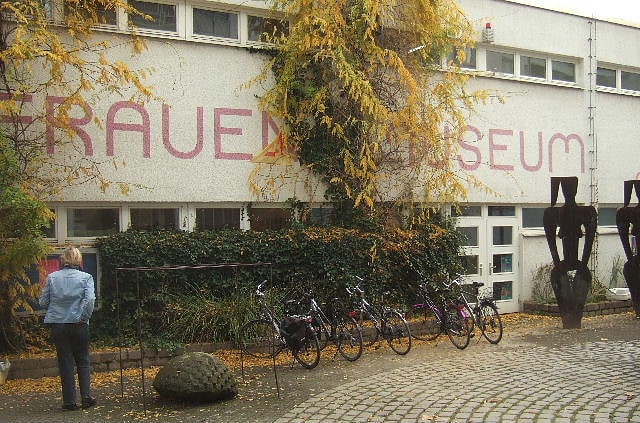
Museum in Bonn, Germany. The Bonn Women's Museum is a women's museum in Bonn, Germany. It was founded in 1981 by Marianne Pitzen and an interdisciplinary group of working women, and claims to be the first museum of its kind in the world. It hosts temporary exhibitions and accompanying events, and is run by the society "Women's Museum – Art, Culture, Research".[18]
Address: Im Krausfeld 10, 53111 Bonn (Bonn)
Burg Graurheindorf
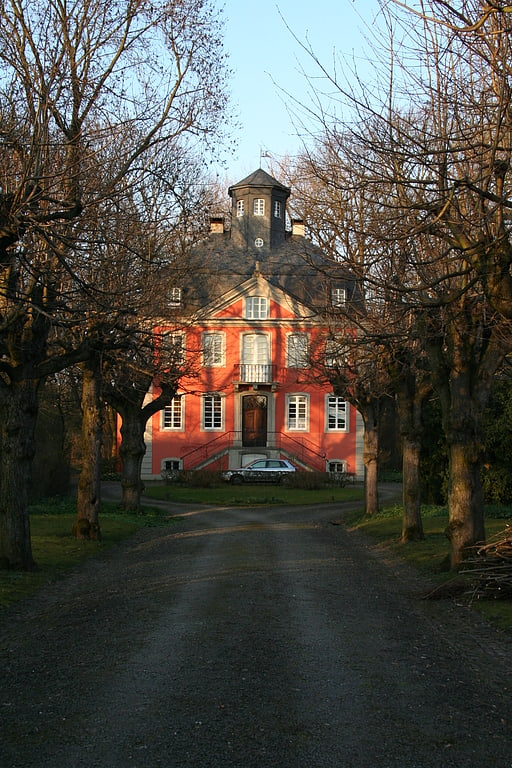
Castle in Bonn, Germany. The Graurheindorfer Burg is a Schloss located in the Graurheindorf district of Bonn[19]
Address: 74 An der Rheindorfer Burg, Bonn (Bonn)
Godesburg

Restaurant in Bonn, Germany. The Godesburg is a castle in Bad Godesberg, a formerly independent part of Bonn, Germany.
Built in the early 13th century on the Godesberg, a hill of volcanic origin, it was largely destroyed following a siege in 1583 at the start of the Cologne War. In 1891, the German emperor Wilhelm II donated the castle's ruin to the city of Bad Godesberg.
In 1959, the ruin was rebuilt according to plans by Gottfried Böhm, to house a hotel and restaurant. Today, the restaurant is still in operation, but the hotel tract has been divided into apartments.[20]
Address: Auf dem Godesberg 5, 53177 Bonn (Bad Godesberg)
Deutsches Museum Bonn
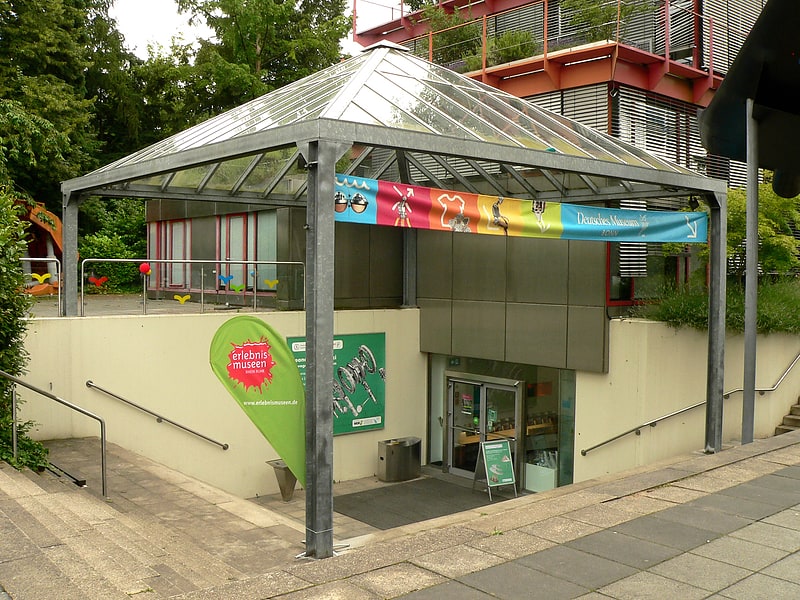
Museum in Bonn, Germany. The Deutsches Museum Bonn is a museum with exhibits and experiments of famous scientists, engineers and inventors. Its central themes are research and technology in Germany after 1945.
It is part of the Deutsches Museum in Munich. It was founded in 1995 at the instigation of the Association of Sponsors for the Promotion of German Science (Stifterverband für die Deutsche Wissenschaft) in the Science Centre (Wissenschaftszentrum) in Bonn.
Museum director has been Andrea Niehaus since 2001.[21]
Address: Ahrstraße 45, 53175 Bonn (Bad Godesberg)
Hammerschmidt Villa
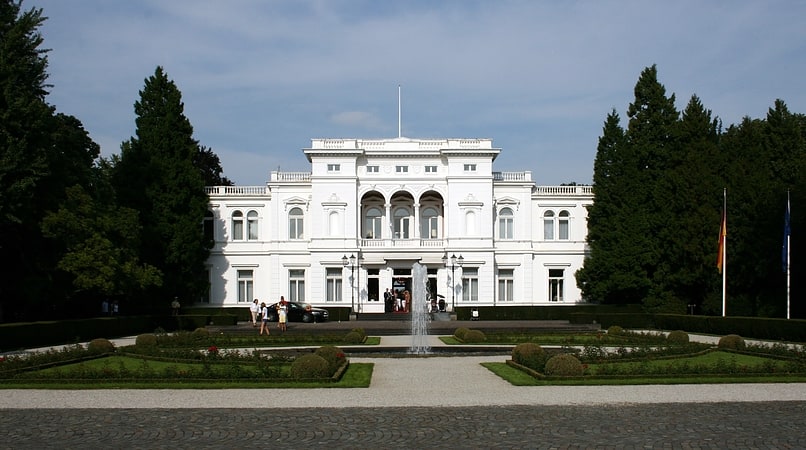
Also known as: Villa Hammerschmidt
Villa in Bonn, Germany. Hammerschmidt Villa is a villa in the German city of Bonn that served as the primary official seat and primary official residence of the President of the Federal Republic of Germany from 1950 until 1994. President Richard von Weizsäcker made Bellevue Palace in Berlin his primary official seat and residence in 1994. In German, the Villa is also called the "White House of Bonn", and served as a political symbol of West Germany and its capital Bonn. Since 1994, the Hammerschmidt Villa has been the secondary official seat and secondary official residence of the President of Germany. The President's standard is flown above Hammerschmidt Villa when the President is in Bonn.
The villa is situated in the heart of the former government quarter of Bonn, bordering the river Rhine to the north and opposite the zoological Museum Koenig to the south. It is also adjacent to the secondary official seat and secondary official residence of the Chancellor, the Palais Schaumburg, to the west.
The upper floor of the building houses a private apartment for the German President, while the ground floor consists of state rooms which are used for ceremonial purposes.
Villa Hammerschmidt was built by August Dieckhoff in 1860 in Neo-classical style, as a stately home for a wealthy industrialist. It was redecorated in 1868 by the architect Otto Penner.[22]
Address: Adenauerallee 135, Bonn (Bonn)
Haus Carstanjen
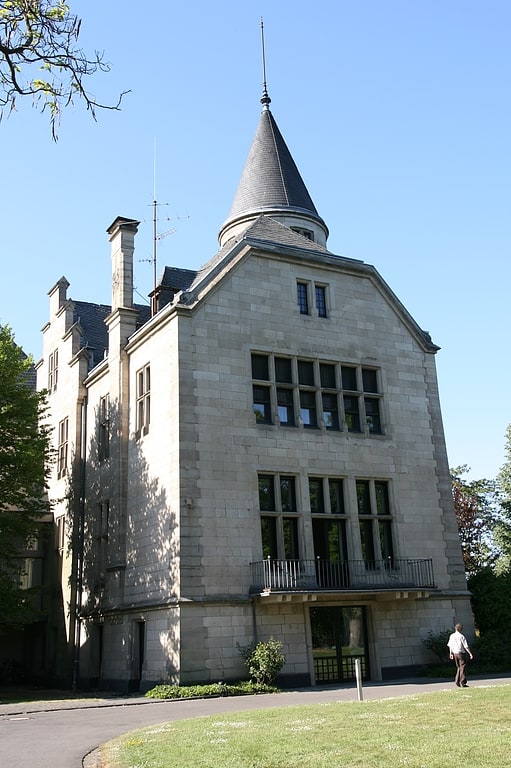
Castle in Bonn, Germany. Haus Carstanjen is a castle on the River Rhine in Plittersdorf, Bad Godesberg, a district of Bonn, Germany.[23]
Address: 8 Martin-Luther-King-Straße, Bonn (Bad Godesberg)
Contra-Kreis-Theater
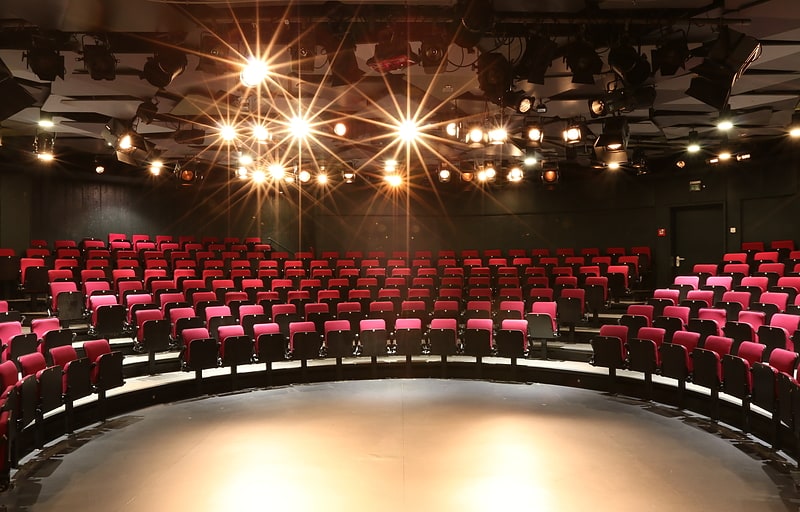
Theatre in Bonn, Germany. Contra-Kreis-Theater is a theatre in Bonn, North Rhine-Westphalia, Germany.[24]
Address: Am Hof 3-5, Bonn (Bonn)
Rheinisches Malermuseum
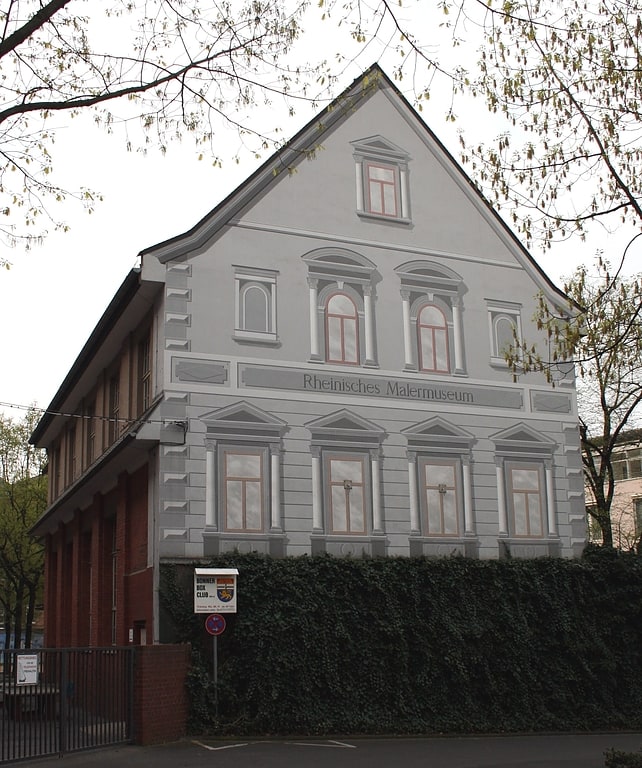
Museum in Bonn, Germany. The Rheinisches Malermuseum is an art museum in Bonn, Germany. The museum is owned by a private association and has exhibits on forgotten artistic techniques and tools of the painter. It was established in 1985.[25]
Address: 23 Budapester Straße, Bonn (Bonn)
Redoute
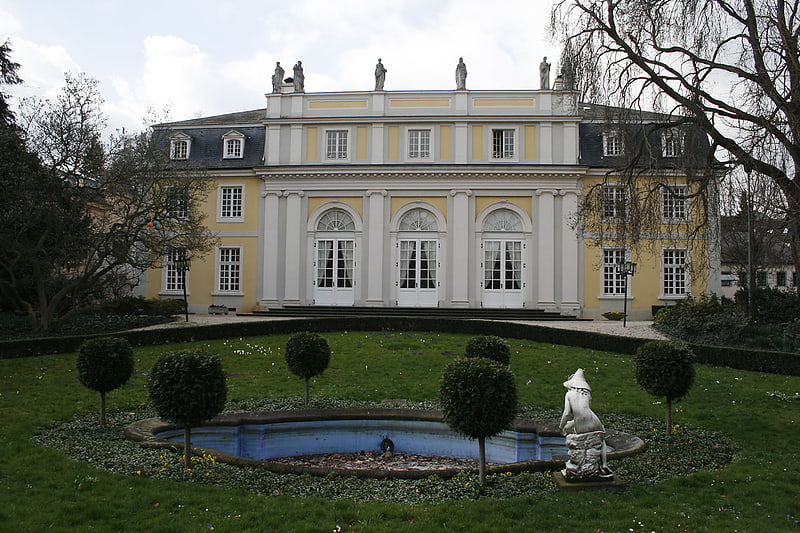
The Redoute in Bad Godesberg, now part of Bonn, North Rhine-Westphalia, Germany, is a hall opened in 1792 for balls of the court of Archduke Maximilian Francis of Austria. When Bonn was the location of the government of the Federal Republic of Germany, from 1949 to 1990, state receptions were held at the Redoute. Today, the listed historical building is used for events.[26]
Address: 1 Kurfürstenallee, Bonn (Bad Godesberg)
August-Macke-Haus

Museum in Bonn, Germany. The August-Macke-Haus or August Macke House is a museum in Bonn, Germany, opened in 1991, dedicated to the expressionist painter August Macke. It is located in Macke's former home, where he lived from 1911 to 1914. The museum displays reconstructed interiors and houses temporary exhibitions, usually focusing on Expressionism. In the August-Macke-Haus, Macke's studio has been restored, including furniture from his Tegernsee days. A basic archive of Rhenish Expressionism is available in addition to a reference library.[27]
Address: Hochstadenring 36, 53119 Bonn (Bonn)
Junges Theater Bonn
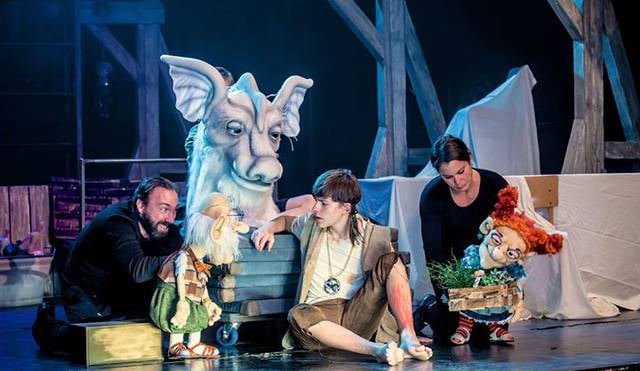
Theatre in Bonn, Germany. Junges Theater Bonn is a theatre in Bonn, North Rhine-Westphalia, Germany.[28]
Address: Hermannstr. 50, 53225 Bonn (Beuel)
Theater Bonn
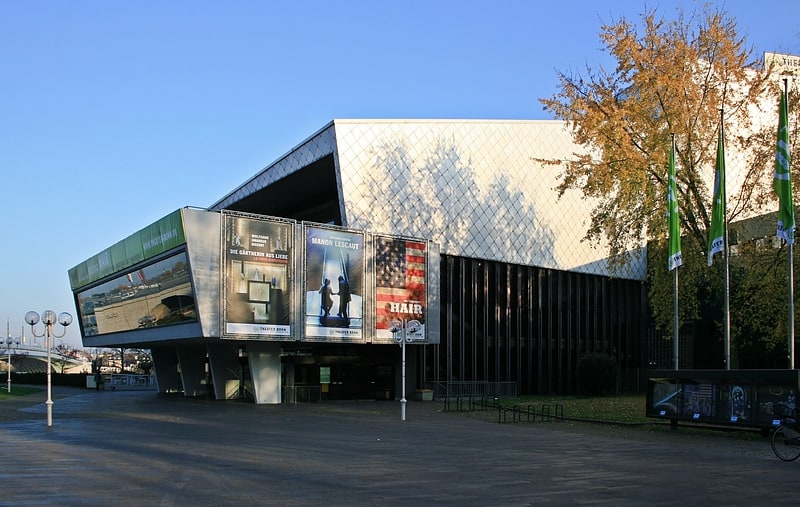
Theater Bonn is the municipal theatre company of Bonn, North Rhine-Westphalia, Germany. It is an organization that produces operas, musicals, ballets, plays, and concerts. It operates several performance venues throughout the town: Bonn Opera for music theatre, the Kammerspiele Bad Godesberg and Halle Beuel for plays, and the Choreographisches Theater for ballet and dance.[29]
Address: Am Boeselagerhof 1, 53111 Bonn (Bonn)
Arithmeum
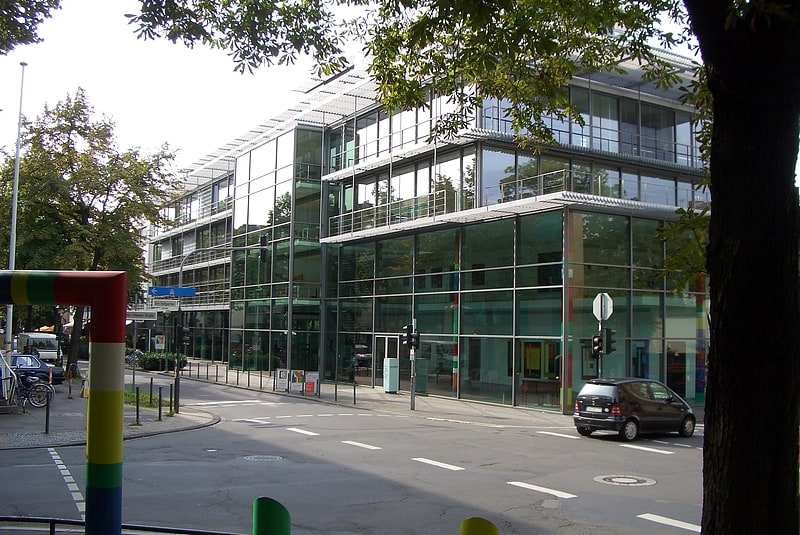
Museum in Bonn, Germany. The Arithmeum is a mathematics museum owned by the Forschungsinstitut für Diskrete Mathematik at the University of Bonn.
It was founded in 2008 by the Director of the Institute, Bernhard Korte, who contributed his private collection of calculating machines.
The building's steel-glass facade – located at Lennéstrasse 2 – is meant to represent the "transparency of science".[30]
Address: Lennéstraße 2, 53113 Bonn (Bonn)
University of Bonn
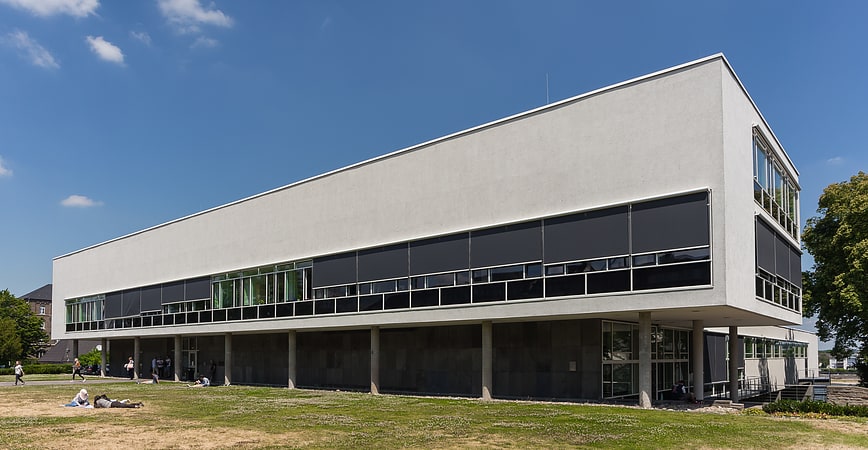
Also known as: Rheinische Friedrich-Wilhelms-Universität Bonn
Public university in Bonn, Germany. The Rhenish Friedrich Wilhelm University of Bonn is an elite public research university located in Bonn, North Rhine-Westphalia, Germany. It was founded in its present form as the Rhein-Universität on 18 October 1818 by Frederick William III, as the linear successor of the Kurkölnische Akademie Bonn which was founded in 1777. The University of Bonn offers many undergraduate and graduate programs in a range of subjects and has 544 professors. The University of Bonn is a member of the German U15 association of major research-intensive and leading medical universities in Germany. The University of Bonn also has the title of "University of Excellence" under the German Universities Excellence Initiative, and is consistently ranked amongst the best German research universities in the world rankings.
Bonn has 6 Clusters of Excellence, the most of any German university; the Hausdorff Center for Mathematics, the Matter and Light for Quantum Computing cluster, Bonn Center for Dependency and Slavery Studies, PhenoRob: Research for the Future of Crop Production, the Immune Sensory System cluster, and ECONtribute: Markets and Public Policy. The University and State Library Bonn (ULB Bonn) is the central university and archive library of the Rheinische Friedrich-Wilhelms-Universität Bonn and North Rhine-Westphalia; it holds more than five million volumes.
As of October 2020, among its notable alumni, faculty and researchers are 11 Nobel Laureates, 4 Fields Medalists, 12 Gottfried Wilhelm Leibniz Prize winners as well as some of the most gifted minds in Natural science, e.g. August Kekulé, Heinrich Hertz and Justus von Liebig; Eminent mathematicians, such as Karl Weierstrass, Felix Klein, Friedrich Hirzebruch and Felix Hausdorff; Major philosophers, such as Friedrich Nietzsche, Karl Marx and Jürgen Habermas; Famous German poets and writers, for example Heinrich Heine, Paul Heyse and Thomas Mann; Painters, like Max Ernst; Political theorists, for instance Carl Schmitt and Otto Kirchheimer; Statesmen, viz. Konrad Adenauer and Robert Schuman; famous economists, like Walter Eucken, Ferdinand Tönnies and Joseph Schumpeter; and furthermore Prince Albert, Pope Benedict XVI and Wilhelm II.[31]
Address: Regina-Pacis-Weg 3, Bonn (Bonn)
Euro Theater Central
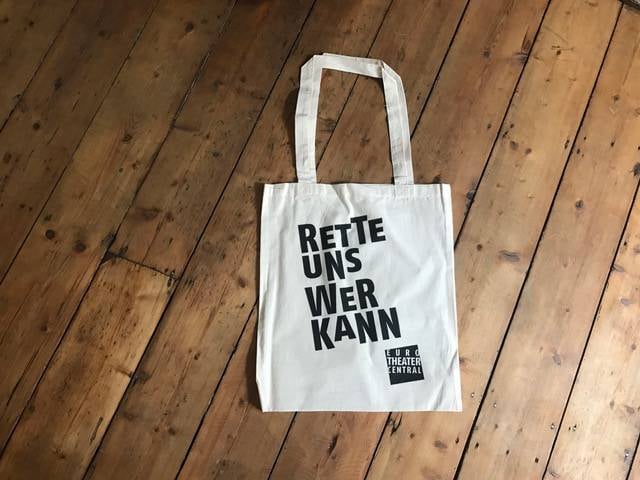
Theatre in Bonn, Germany. Euro Theater Central Bonn is a theatre in Bonn, North Rhine-Westphalia, Germany.[32]
Address: Münsterplatz 30, Bonn (Bonn)
Post Tower

Office. Post Tower is the headquarters of the logistic company Deutsche Post DHL with the two brands postal services for Germany Deutsche Post and the worldwide logistics company DHL. The Post Tower is a 162.5-metre, 41-storey office building in Bonn, Germany. It was designed by German-American architect Helmut Jahn and won the 2002 Silver Emporis Skyscraper Award.
It is the eleventh tallest skyscraper in Germany, and the tallest in Germany outside of Frankfurt am Main.[33]
Address: Charles-de-Gaulle-Str. 20, 53113 Bonn (Bonn)
Arboretum Park Härle

Botanical garden in Bonn, Germany. The Arboretum Park Härle is a nonprofit arboretum located on the slopes of the Rhine Valley between Bonn and the Seven Mountains at Büchelstraße 40, Bonn, North Rhine-Westphalia, Germany. It is open twice a month during the warmer months; admission is free.
The arboretum dates back to 1870, when the director of the Rheinische Eisenbahn-Gesellschaft created a large country house in the English half-timbered style, with park plantings that still remain, including two cedars (Cedrus libani and Cedrus atlantica), a Ginkgo biloba, a Sequoiadendron, and an incense cedar (Calocedrus decurrens). In 1921 the property was acquired by jurist Dr. Carl Härle, who actively planted a wide variety of trees and shrubs. After his death in 1950, his daughters Maria and Regina Härle maintained the property, and ultimately willed it to a nonprofit foundation in 2000.
Today's arboretum consists of three distinct parts: the old park with old buildings, the new park on the grounds of a former nursery, and the extensive woods with lawn and fruit trees. All told, the arboretum contains more than 800 varieties of trees and shrubs, with extensive collections of Chamaecyparis, Juniperus, Taxus, and Thuja, as well as roses and fine specimens of Acer griseum, Cornus controversa, Cupressus sempervirens, Juniperus deppeana, Pseudotsuga menziesii, and Quercus pyrenaica.[34]
Heimatmuseum Beuel
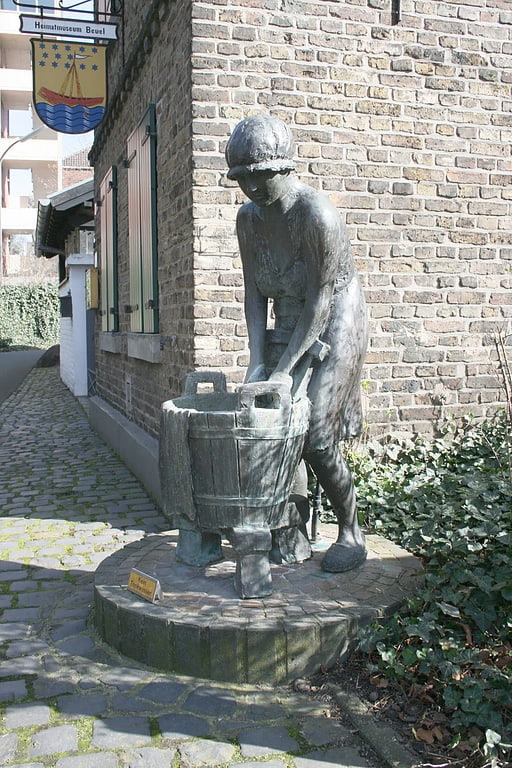
Museum in Bonn, Germany. The Heimatmuseum Beuel is a local history museum in Bonn, Germany. The museum was established in 1986 on the initiative of Beuel's Local Historical Society.
The museum is divided into four buildings, which form a closed courtyard, in former Steinerstraße, now Wagnergasse. The oldest of the four buildings dates back to 1662.
The museum focuses on the historical development of the area of Beuel from Roman times to the present, especially on what used to be Beuel's main pre-industrial trade, its laundries. The exhibition also contains various furnishing objects, an old school room and a hairdressing room. Outside is a herb garden, some old gravestones and two aerial bombs.
The museum is entirely run by retired volunteers, who also offer guided tours of the site.[35]
Address: Wagnergasse 2-4, 53225 Bonn (Beuel)